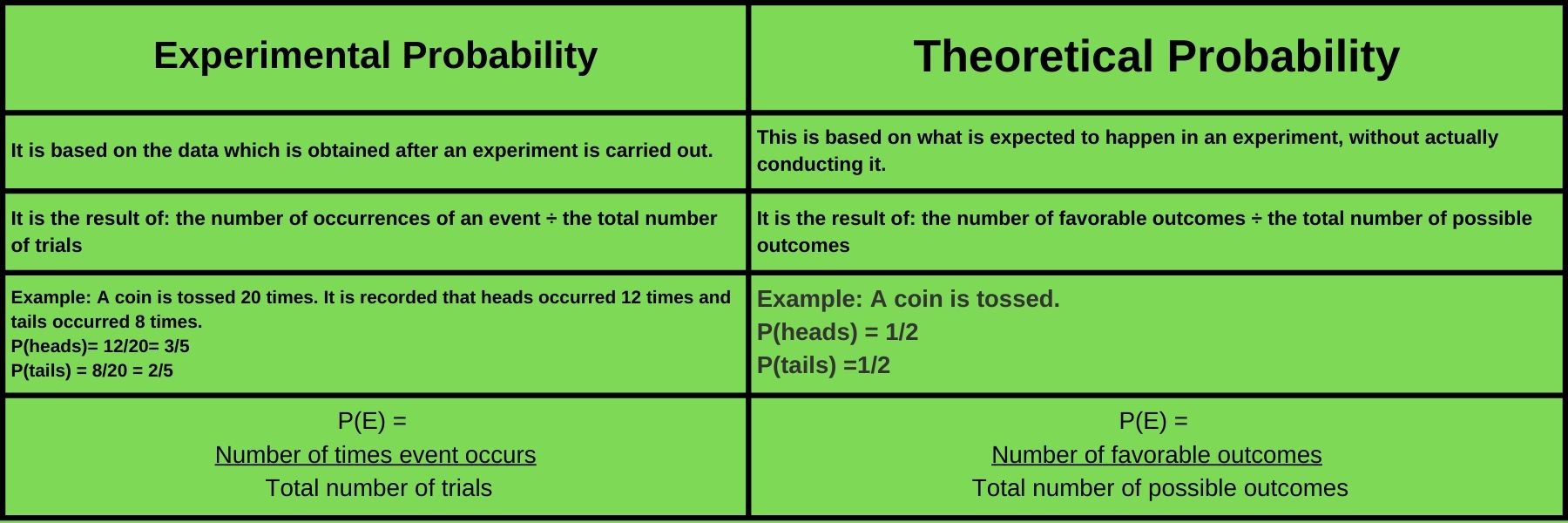
Check the stories of past winners at this link.
Reach out to the EY coordinator in your building if you need help with your story or submission.

Check the stories of past winners at this link.
Reach out to the EY coordinator in your building if you need help with your story or submission.
 Looking at how things are alike and different helps us think critically. It allows us to analyze information about animal behavior and ecology, so we can understand and form our own ideas about how animals live and interact with their environment.
Looking at how things are alike and different helps us think critically. It allows us to analyze information about animal behavior and ecology, so we can understand and form our own ideas about how animals live and interact with their environment.1. Set up your language arts mini spark page #85: Compare and Contrast
2. Read this article about seals and sea lions. Write down 5 details about each animal.
3. This article outlines how the animals are different, but there are ideas in the article that suggest how they are the same as well. On your recording sheet use what you learned to make 4 sentences about seals and sea lions using these sentence starters.
1. __________ and __________ are alike because __________.
2. __________ and __________ are different because __________.
3. The most interesting difference between __________ and __________ is __________.
4. While __________ and __________ are alike because __________, they have different __________.
4. Read this article about crocodiles and alligators. Make a colorful fact sheet with 5-10 facts for each animal.
5. Create a Venn Diagram on your recording page. Record at least 5 items in each section. The far left section will have information that is only true for alligators, the far right section is only true for crocodiles, and the middle section is information that they share.

6. Share your language arts mini spark page with your teacher/EY coordinator.

1. Set up your math mini spark recording page: #108: Happy 2025
2. Watch THIS VIDEO and write down at least 3 of the math problems given in the video that equal 2025.
3. Complete THIS WORKSHEET in your notebook putting a checkmark next to the ones that are incorrect and a star next to the ones that are correct. In your notebook, record the incorrect answers and see if you can write the correct answer.


1. Set up your language arts recording page: #84: The Incredible Octopus
2. Watch this TED Ed video. Record 5-10 interesting details from the video on your recording page.
3. Listen to the story Inky the Octopus. The story is written in a poem format. Record the rhyming sets of words as you listen.
4. Look over these reminders about how to write a diary entry.
5. Imagine you are Inky the octopus living in the aquarium. Write a 6+ sentence diary entry for the day you planned your escape. Describe what you saw, how you felt, and the challenges you faced. Don’t forget to include the details of your successful escape into the ocean. Check the reminder list before you start.
6. Share your language arts mini spark recording page with your teacher/EY coordinator.
Use steps 2 and 4 from this mini spark to get a start on a new badge! Check out the Inky the Octopus badge at the EY Website.



Hidato Puzzles (or Hidoku Puzzles) are the creation of Dr. Gyora M. Benedek, an Israeli mathematician. The Hebrew word “hida” means riddle. In a hidato puzzle, you are given a grid with a selection of the numbers already filled in.
1. Set up your math mini spark recording page: #107: Hidato Puzzles
2. Watch THIS VIDEO and write down, in your own words, how to solve a Hidato Puzzle. A sample sentence can be found at the end of this post. You can also visit THIS SITE and get some additional information about Hidato Puzzles, as well as some tips for solving them.
3. Try solving some Hidato Puzzles on your own! THIS LINK will take you to several puzzles at varying difficulty levels. Work with your EY Coordinator to decide how many you need to complete to finish this Mini Spark.
4. Want to go further? You can by earning the Hidato Puzzle Badge! Check out the requirements HERE. NOTE: Scroll to the bottom of the page.
Sample Sentence: One can solve a Hidato Puzzle by connecting numbers in ascending order (starting at 1) to the next number either horizontally, vertically, or diagonally.

1. Set up your science mini spark recording page: #30: Sea Lion Study
2. Watch this TED ED video. Record all of the number facts that are in the video.
3. Number your recording sheet from 1-5. Answer each question
1. What is the average speed at which sea lions can swim?
a. 2 to 10 miles an hour
b. 4 to 18 miles an hour
c. 15 to 25 miles an hour
d. 20 to 30 miles an hour
2. How deep can some species of sea lions dive?
a. 100 meters
b. 200 meters
c. 300 meters
d. Nearly 400 meters
3. What special adaptation do sea lions have in their eyes?
a. They have two lenses
b. Their pupils can expand to let in more light
c. They can see in complete darkness
d. Their eyes can change color
4. What is the main danger to sea lions mentioned in the video?
a. Overfishing
b. Climate change and toxic algae
c. Habitat destruction
d. Pollution
5. How do sea lions use their whiskers to hunt?
a. They can sense vibrations in the water
b. They help them swim faster
c. They allow sea lions to camouflage
d. They enable sea lions to see in the dark
4. Scroll to the bottom of this post to check your answers. Write your score on your recording sheet.
5. Write 5 of your own multiple choice questions and make an answer key.
6. Share your science mini spark recording page with your teacher/EY coordinator.

1. Set up your social studies spark recording page: #62: State Challenge
2. Set your timer for 7 minutes. Study this map. Record your starting time and stopping time on your recording sheet.
3. Print out a set of state cards. They do not have to be in color. Print them out one sided.
4. Cut your cards apart.
5. Layout your cards face up on a table or on your desk.
6. To earn this mini spark you need to put all 50 states in the correct place. Since they are not drawn to scale, they won’t all fit perfectly and you can overlap cards as needed. Look over the options and decide what fits you. Write your choice on your recording sheet.
OPTIONS
Do this challenge with a map
Do this challenge without a map
7. When you are done, check your cards with the map.
8. Fix and states that are in the wrong place. Take a picture and add it to your recording page.
9. Share your social studies mini spark recording page with your teacher/EY coordinator.

1. Set up your math mini spark recording page: #106: Plethora of Patterns
2. Look at the image below. What are 3 patterns you notice? See if you can come up with the next row. Does the the next row after that follow the same pattern? What about after that? Grab a calculator and see how far you can go! Record your answers on your recording page.

3. Watch the video and try to create the pattern. If you have toothpicks, GREAT! If not, don’t worry. Just draw lines with your pencil to represent the toothpicks. Take a picture of your pattern and add it to your recording page.
4. Watch the video and write down at least 3 of the patterns given on your recording page.
5. Watch the video and write down at least 5 notes/images about triangular numbers.
6. Share your math mini spark recording page with your teacher/EY coordinator.

1. Set up your math mini spark recording page: #105: The Birthday Problem
2. Watch this video. Write a summary of the birthday paradox to someone who has not heard of it before. Use at least 3 sentences.
3. Carefully read this article from Wonderopolis. Record three ideas from the article.
4. Watch this video from the beginning. Take notes while watching when they start to do the math around 2:00 and record the percents as well. Continue to take notes. On your recording page, explain why people are not able to answer the birthday problem very easily.
5. Advanced option-Read this lesson at Math is Fun. Record details as you work through the lesson.
6. Share your math mini spark recording page with your teacher/EY coordinator.

1. Set up your math mini spark recording page: #104: Probability
2. Make a chart like this on your recording page.
| Event | Probability→ Fraction | Probability→Decimal |
| P (yellow) | ||
| P (green) | ||
| P (not red) | ||
| P (green or orange) | ||
| P (blue) |
3.Watch this intro video. Pause the video @ 3:40 and record the probability of each of the events on the chart on your recording page. You can use a calculator for the decimals.
4. Copy this chart in your notebook. 
5. Number your recording page from 1-5. Read each example and record if it is experimental or theoretical. Scroll down to the bottom of this post to check your work. Add a star if it is correct or add in the correct answer.
Probability Puzzles: Theoretical or Experimental?
6. Share your math mini spark recording page with your teacher/EY coordinator.